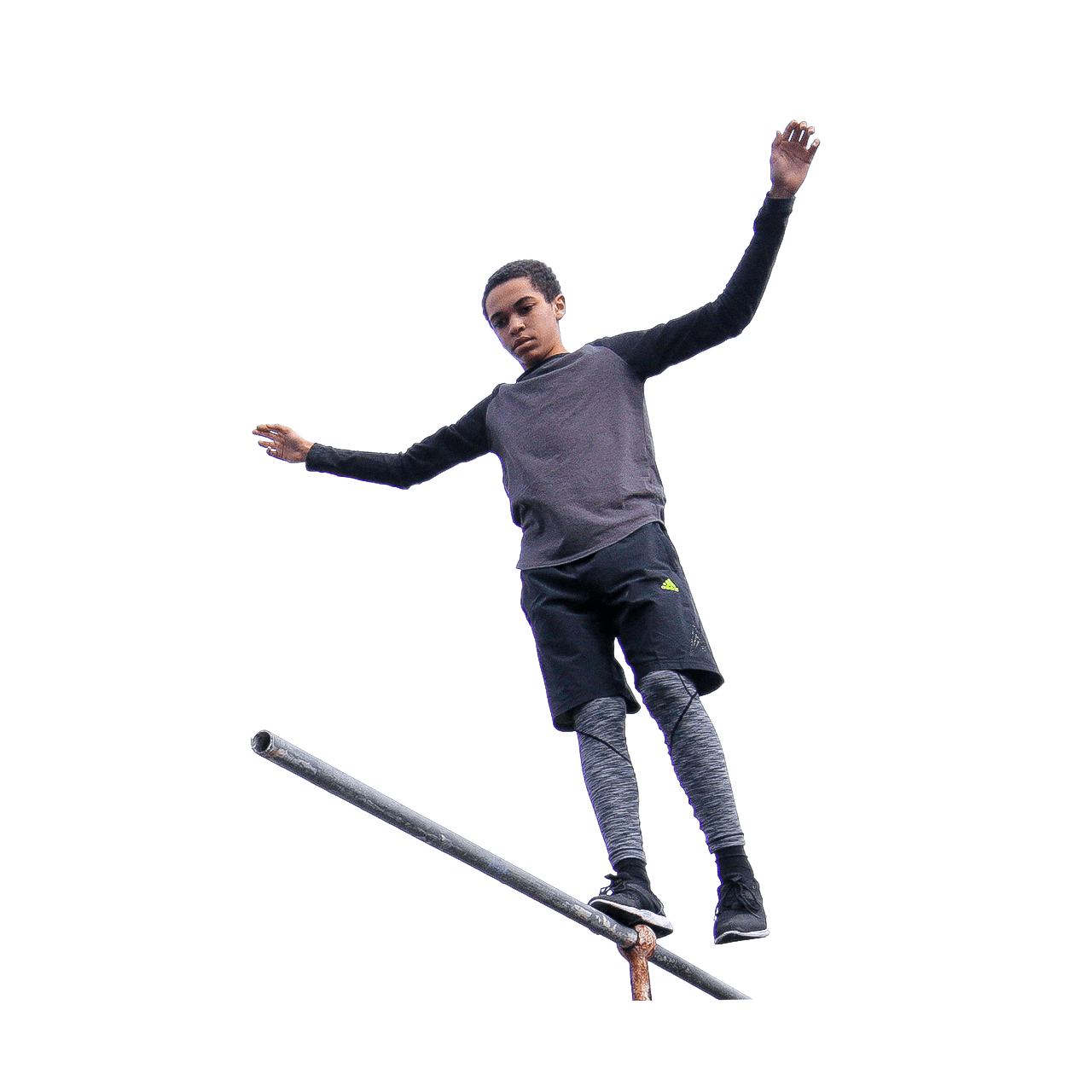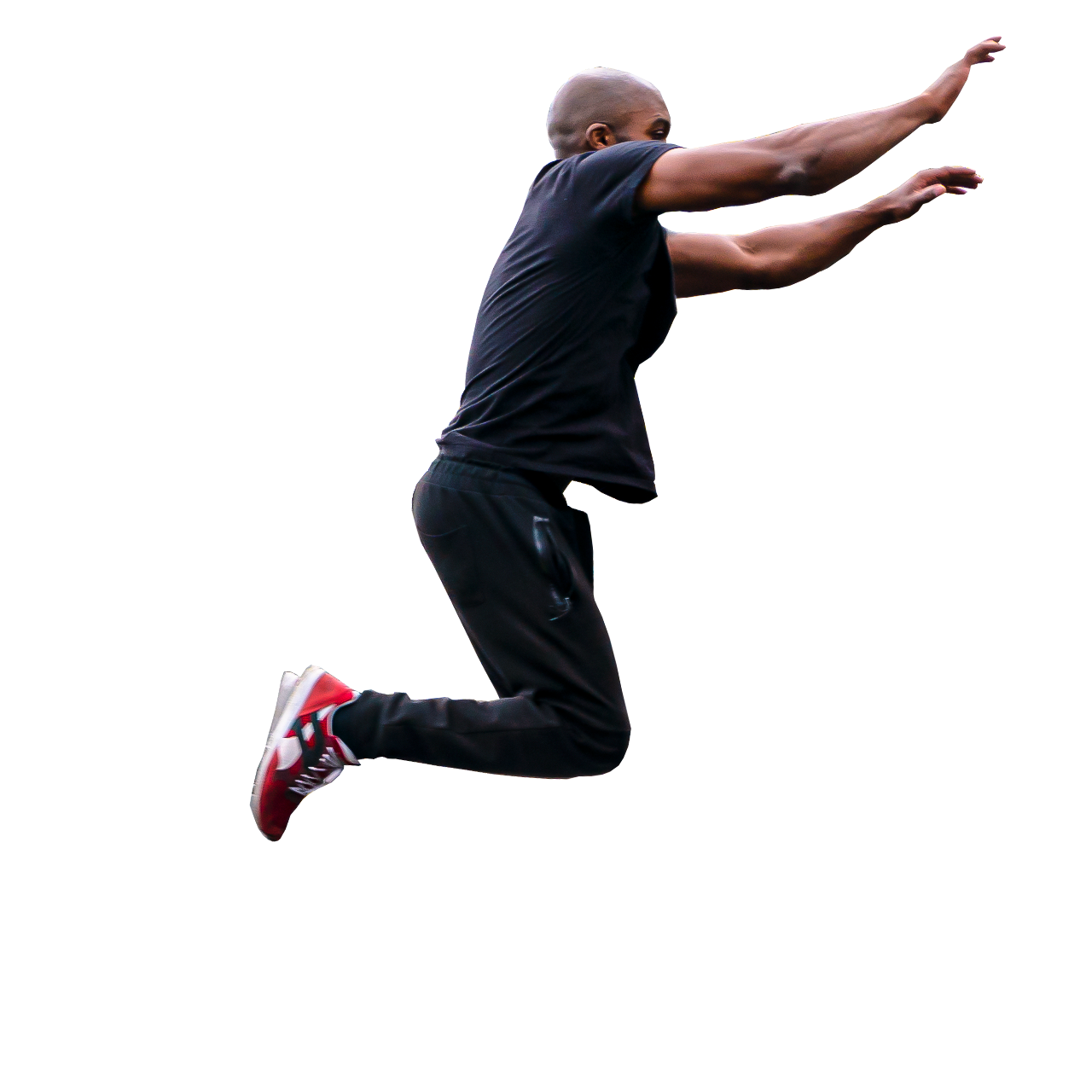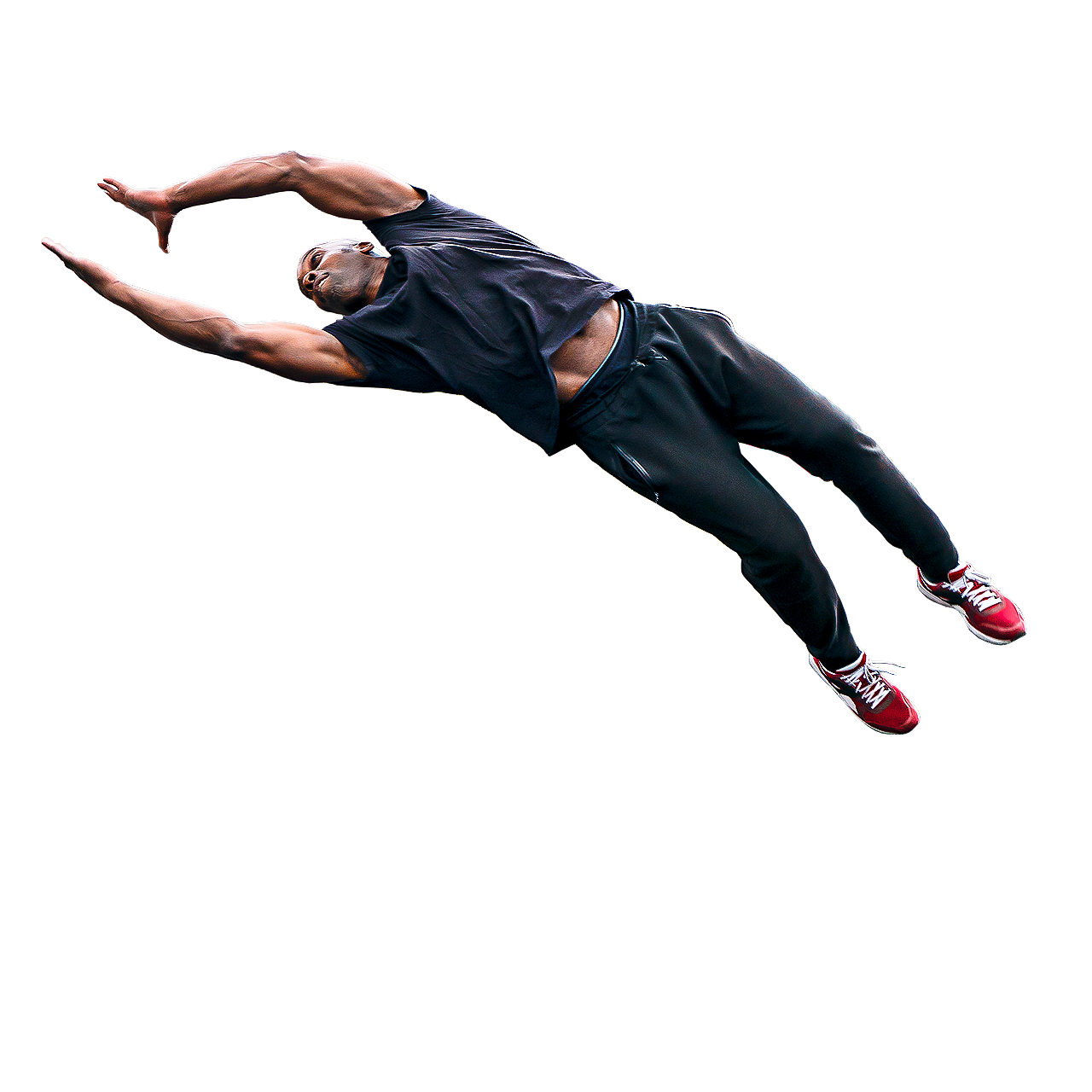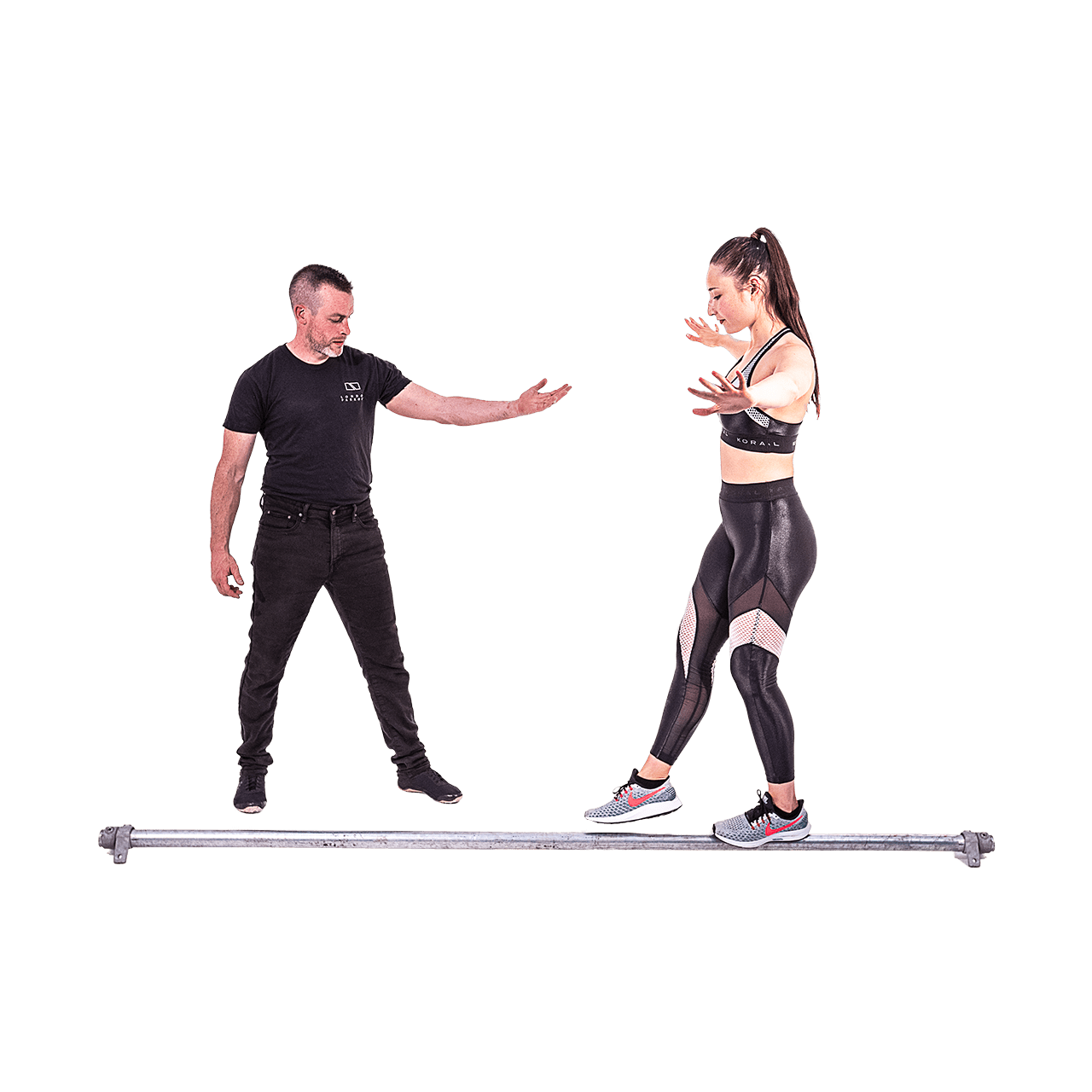
How to Pullup #10 – Intermediate 2
It's a simple concept, do the same exercise but slower. A hugely underrated technique, it allows you to add another way of making the pull-up harder.
Requiring a more strength to do the pull since the amount of power you can use is reduced because the speed is much slower.
Changing Time
There are two things happening when you make things slower. The first is fairly obvious to understand. You're taking longer to pull, so more energy is needed to do the work. This makes it harder and harder over time.
For the second, you need to know a very rough, basic, but simple formula...
Power = Strength + Speed.
You can be more powerful by getting stronger, becoming faster, or a combination of the two...
Therefore, if you have to go at a slower speed (because you have to take longer to do the pull), the amount of strength required to have the same amount of power will have to be more to compensate...
Again, this makes things harder for you.
Focus on the technique
We can now put our technique under the microscope. By slowing everything down you'll be able to see exactly what parts you are struggling with and what to train more on.
I highly recommend filming yourself too. Going slow and filming will allow you to analyse exactly how you are performing.
Control
Your brain sends signals to your muscles. Those messages to 'PULLLLLLL' will get weaker over time as you get tired.
The pathways that those signals get sent down are called the neuro-muscular pathways and they can get fatigued as well. The more it's continuously used, the weaker the signal will become.
Sending that signal continuously will require a lot more control over your body and mind because of this. You must be sending the right signal to the right muscles over a prolonged period... Which is harder. But the practice gives more reinforcement of the message.
Videos Listing
Explore other series

Rail Balancing Tips
Control on a metal bar, fence or thin rail will rapidly improve foot and body positioning as well as confidence.

Cat Leap Tips
Jumping to the side face of a wall and catching either the top edge or a feature to remain on the side.

Tutorials
In-depth series on specific movement topics.

Demonstrations
In-depth series on specific movement topics.
Blog
Deep-dives into Parkour Topics.